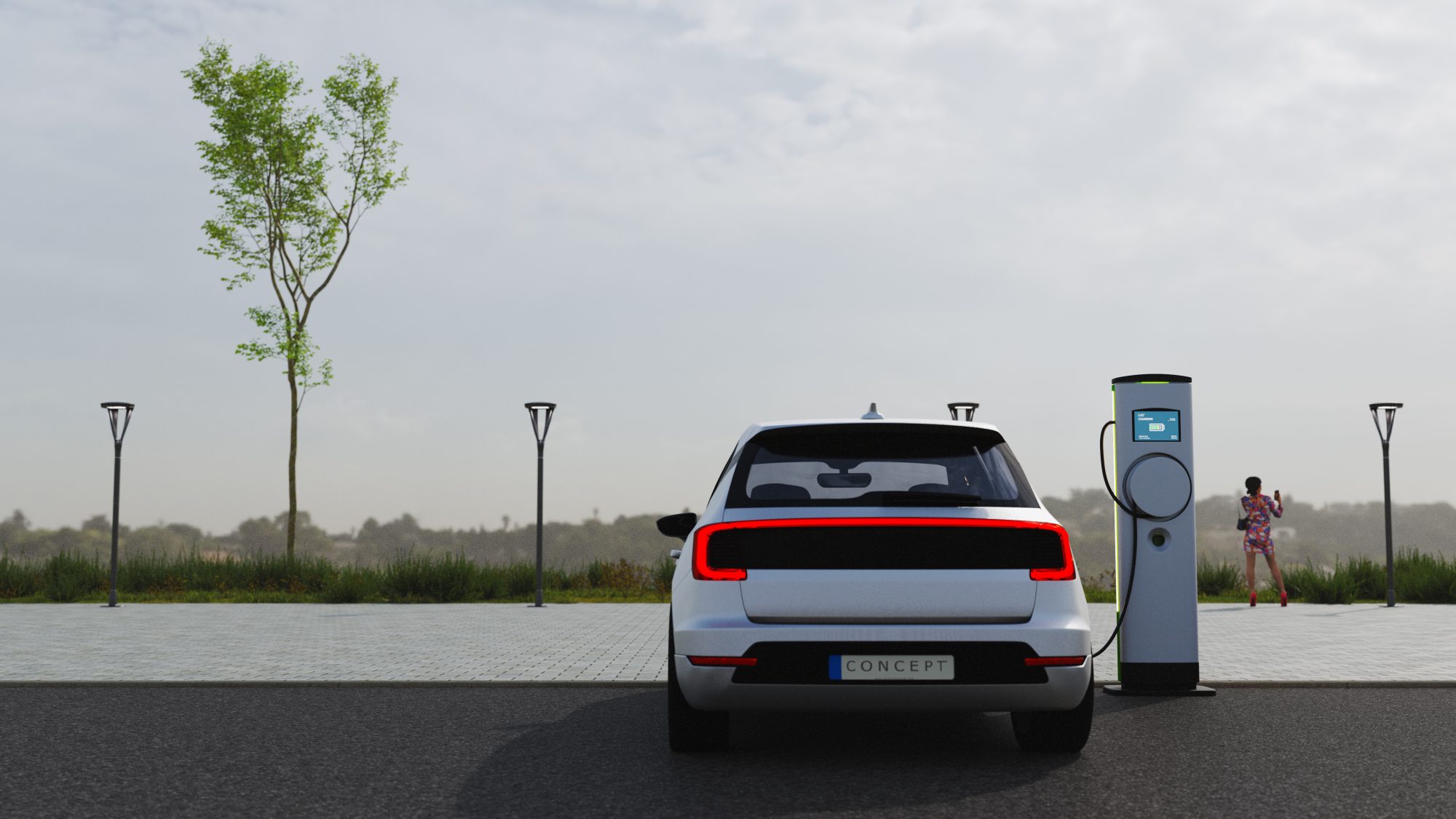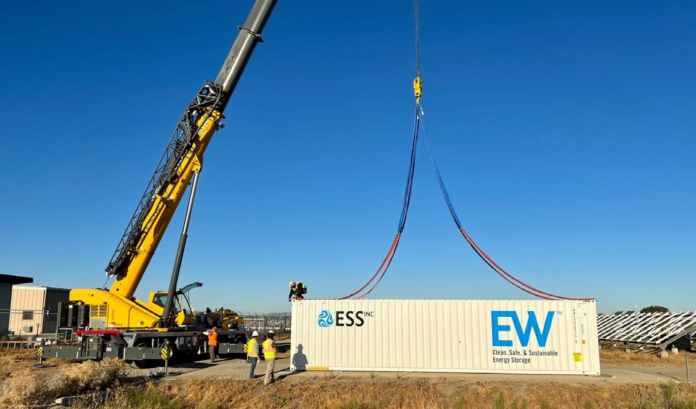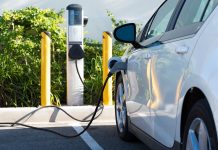Alan Greenshields, Director of Europe at ESS Inc, charts the road to net zero, highlighting the crucial role of energy storage in the electric vehicle and renewables revolution
The transition to renewable energy and electrification of everything is accelerating rapidly as the world works to decarbonise and address climate change.
However, this transformational change in how we produce and use energy is not without challenges. While the electrification of household appliances is relatively straightforward, the transition from petrol- and diesel- powered cars to EVs will require a rapid reimagining of fuelling and grid infrastructure and energy storage.
The European Union seeks to ban the sale of non-electric cars by 2035, while the UK has a more aggressive target of 2030, and Norway will be the first to enforce a ban in 2025. To achieve these goals, the deployment of electric vehicle (EV) charging infrastructure will need to dramatically accelerate, which will have significant implications for the grid that will power it.
The UK is struggling to keep pace in EV adoption following a string of problems with charging points. There are ~664,000 EVs on the UK’s roads and currently 17.8 EVs per available charger. Of those chargers, only a sixth are ‘rapid’ or ‘ultra-rapid’, with slower versions requiring between three and eight hours to charge one vehicle which leads to queues, unreliable charging access and ultimately creating headwinds to EV adoption. This is illustrated by recent downgrades in 2023 UK EV sales projections.
This loss of momentum may pose challenges for the UK’s climate and air quality goals. To stay on track, investment in infrastructure and technology will be essential to improve charging, encourage consumer confidence, and boost EV uptake while ensuring enough clean energy to power the transport revolution.
Recharging the electric vehicle fleet
A major challenge to expanding EV charging is the availability of grid capacity to recharge the EV fleet.
As the vehicle fleet electrifies, the grid will need to supply the entirety of the energy provided by petrol and diesel today. Studies have shown that the transition to EVs will result in a 25% increase in electricity demand over current levels by 2040.
Meeting this challenge with thermal or nuclear power would be challenging enough. Phasing out these conventional energy sources and replacing them with renewable energy adds an additional layer of complexity: the intermittency of wind and solar. Meeting the needs of a much larger, fully renewable grid will require new long-duration energy storage technologies and infrastructure to deliver cost-effective clean energy to drivers and consumers when needed.

The impacts of decentralised renewable generation on the grid
Today’s grid was designed for large, centralised generating stations and relatively predictable residential and light commercial energy loads. However, as the energy mix shifts to decentralised renewable generation and EV charging increases, demand and shifts consumption patterns in residential and light commercial settings, outdated grid infrastructure will need to adapt.
Currently, access to adequate grid capacity is a critical constraint in the deployment of EV charging infrastructure. Ultimately, the UK must rely on sophisticated energy solutions to overcome the increased peak demand, voltage instability and reduced reserve margins caused by mass EV charging.
Energy storage technologies for distribution
New energy storage technologies can bridge the gap and reinforce local distribution networks to support peak demand caused by EV charging. These technologies provide long-duration energy storage, with four to 24 hours of storage capacity. By charging during periods of low demand and discharging to power EV charging infrastructure during periods of high demand, these systems supplement local distribution capacity to meet demand. And new technologies are now commercially available that are safe for siting even in populated areas, and that can be manufactured using commonly available materials, unlike incumbent lithium-ion batteries.
By deploying these technologies as ‘buffers’ at EV charging stations, surges in demand by drivers charging can be smoothed, reducing strain on the grid. This is all without adding capacity, as existing infrastructure can meet charging needs during periods of otherwise low demand.
Examples of this use case in operation already exist.
For instance, Amsterdam’s Schiphol airport is deploying an ESS iron flow battery system to support the charging of a fleet of smaller battery trucks which will replace diesel generators that currently provide power to planes on the ground.
The promise of new energy technologies is exciting. Today we have the tools to decarbonise and transition to a sustainable, electrified future rapidly. Now we need to pick them up and work to meet net-zero targets, improve energy network resilience, reduce environmental impacts and create long-term benefits for years to come.














